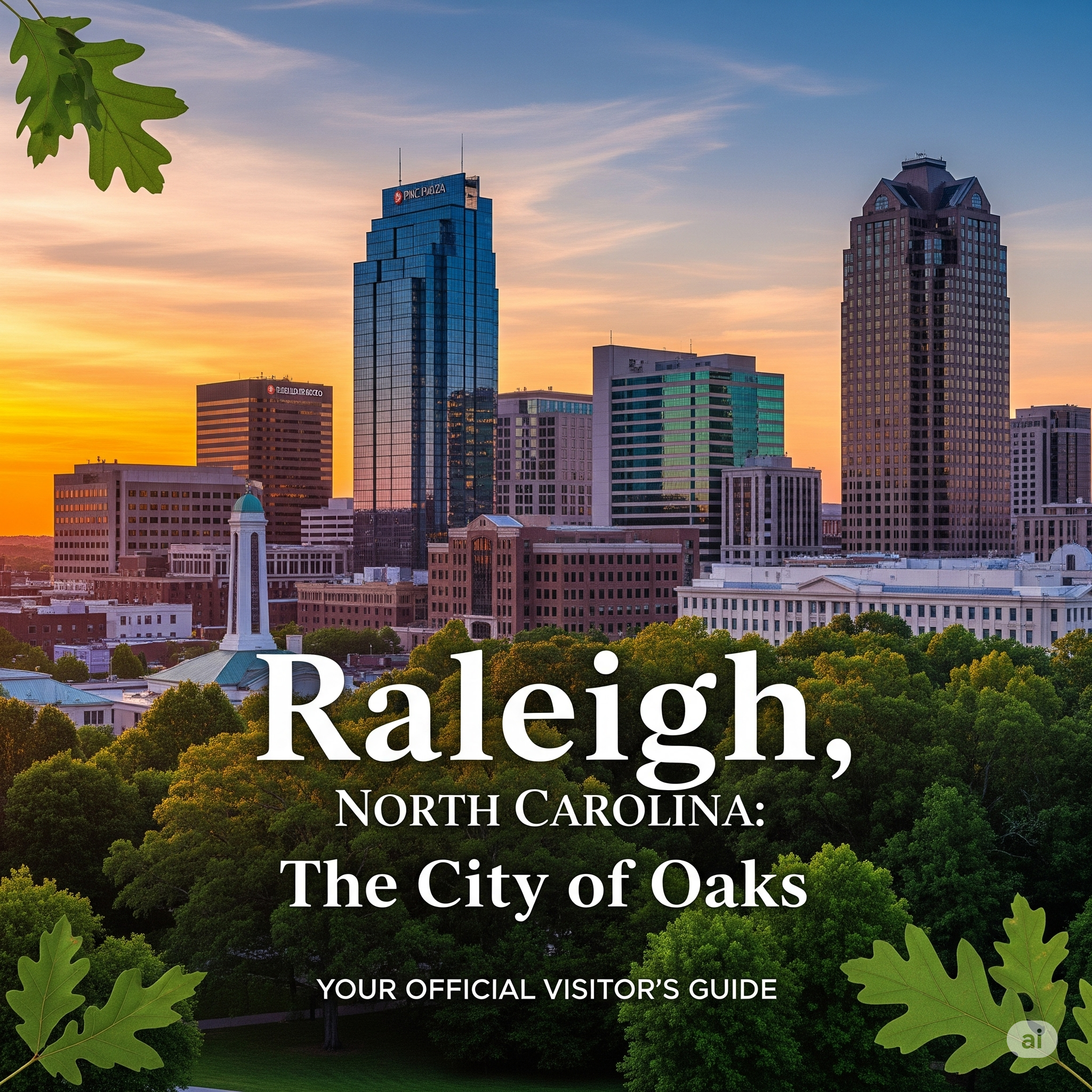illphated
Exploring the Northwestern Passages and Hudson Bay: Canada’s Arctic Frontier
Tucked away in the northern reaches of Canada lies a landscape of icy waters, rugged islands, and centuries of mystery. The Northwestern Passages—long a dream for explorers—and the vast expanse of Hudson Bay remain among the most remote and fascinating parts of the world. But these frigid corridors aren’t just relics of old maps; they are alive with history, community, and a changing climate that puts them at the center of modern geopolitics.
The Geography of the North
This region spans two of Canada’s major territories and provinces:
Nunavut (NU): Canada’s newest, largest, and most northerly territory, created in 1999. It comprises most of the Canadian Arctic Archipelago and is predominantly inhabited by Inuit peoples.
Manitoba (MB): A prairie province that borders the southern edge of Hudson Bay. Its remote northern reaches play a role in connecting the Arctic with the rest of Canada.
The Northwestern Passages
The Northwestern Passages (often referred to collectively as the Northwest Passage) are a maze of channels through the Canadian Arctic Archipelago. These icy waters have lured explorers since the 15th century with the promise of a shortcut between Europe and Asia. Many tried, few succeeded—and some, like Sir John Franklin’s doomed expedition, never returned.
Today, melting sea ice has made the passages more navigable during parts of the year. This raises new questions of sovereignty, environmental protection, and the future of global shipping routes.
Hudson Bay: Canada’s Inland Sea
Hudson Bay is a massive inland sea that stretches over 1.2 million square kilometers. It has long served as a cultural and trade hub—particularly during the fur trade, when the Hudson’s Bay Company dominated commerce across North America.
It remains a vital part of Canada’s ecological and cultural fabric, bordered by subarctic tundra, boreal forests, and home to wildlife like polar bears, beluga whales, and countless migratory birds.
Major Settlements and Communities
Life in the North is anything but empty. Though sparse, these settlements are home to resilient communities, many of whom are Inuit, with deep connections to the land, ice, and animals.
Notable Communities in the Region:
Iqaluit (on Baffin Island): Capital of Nunavut, located on the south coast of Baffin Island. It’s the political and cultural heart of the territory.
Resolute: One of Canada’s northernmost communities, located on Cornwallis Island. A launch point for Arctic exploration and research.
Cambridge Bay: On Victoria Island, a growing hub for research and logistics along the Northwest Passage.
Pond Inlet: A picturesque Inuit community on the northern tip of Baffin Island, known for its stunning fjords and rich wildlife.
Churchill, Manitoba: Although further south, Churchill is often considered the “gateway to the Arctic.” It’s famous for polar bear tourism and lies on the shores of Hudson Bay.
A Living Land of Ice and Change
Far from barren, the Arctic is a place of immense cultural heritage, ecological importance, and international interest. The people who live here—mostly Indigenous—continue to preserve their traditions, languages, and livelihoods despite harsh conditions and external pressures.
As the climate changes, so too does the Arctic. What was once a frozen obstacle course for wooden ships may become an open lane for modern cargo. But with that opportunity comes risk: to ecosystems, traditional ways of life, and national sovereignty.
Final Thoughts
The Northwestern Passages and Hudson Bay are more than points on a map—they’re living, breathing symbols of endurance, history, and the unknown. Whether you’re fascinated by ancient exploration, concerned about climate shifts, or just want to understand one of the most unique regions on Earth, the Canadian Arctic offers a frontier still rich with stories.








0r53ml
8ri981
ij3aze
152dpf